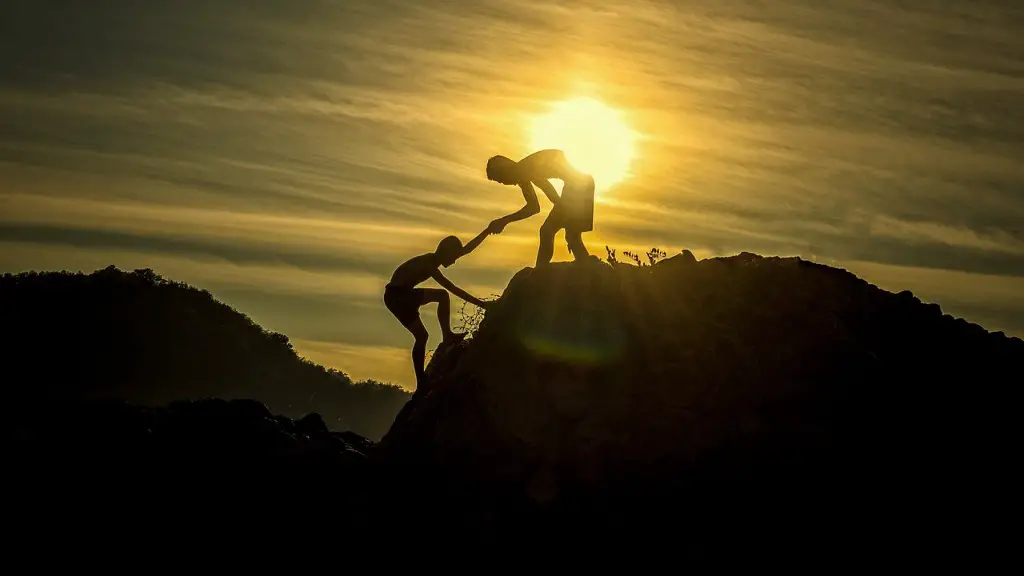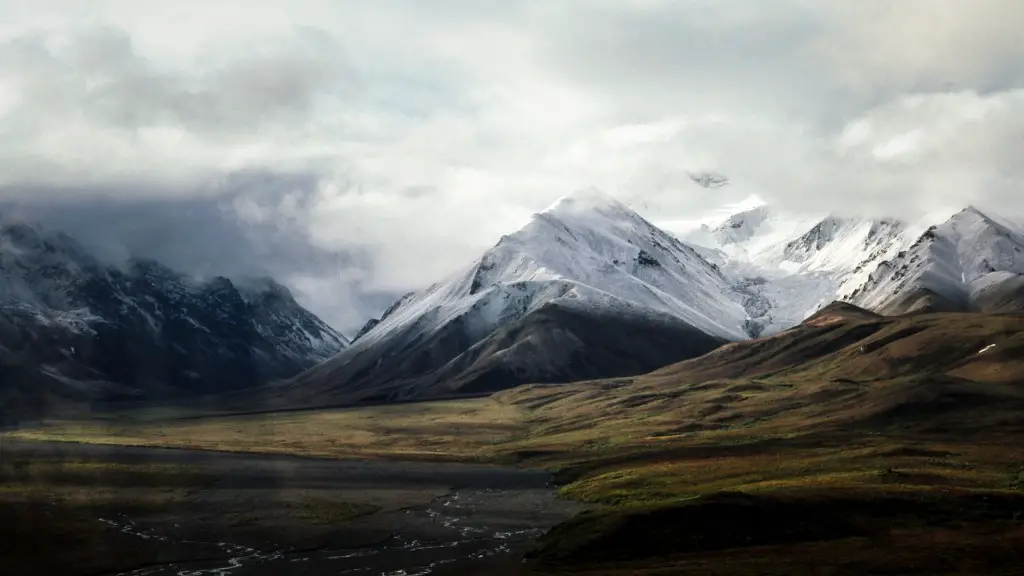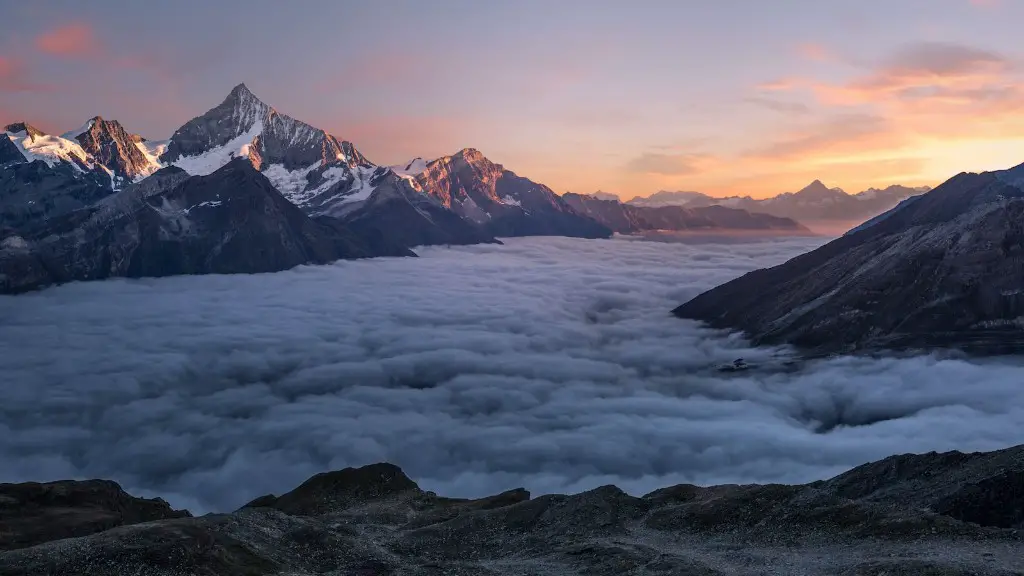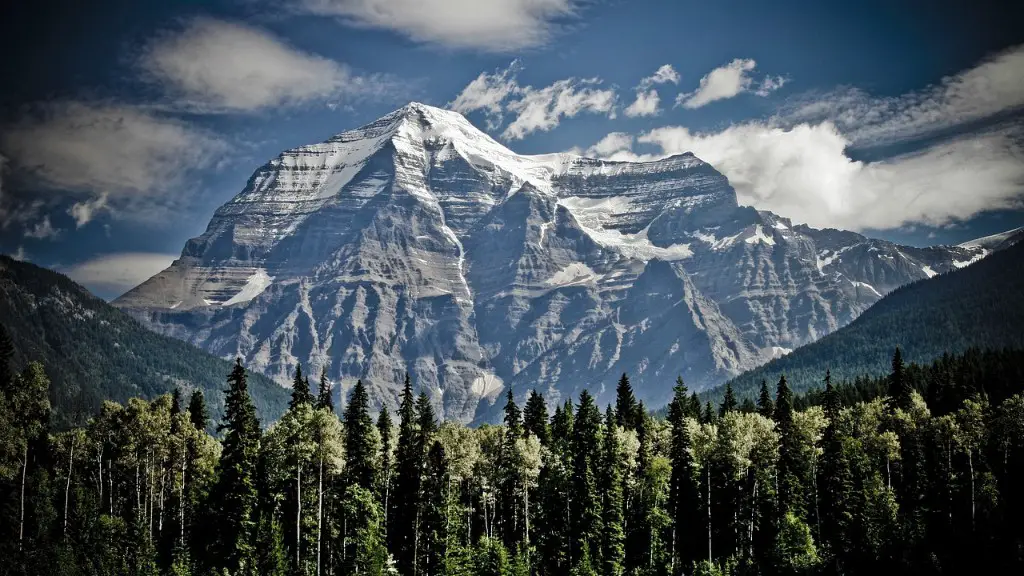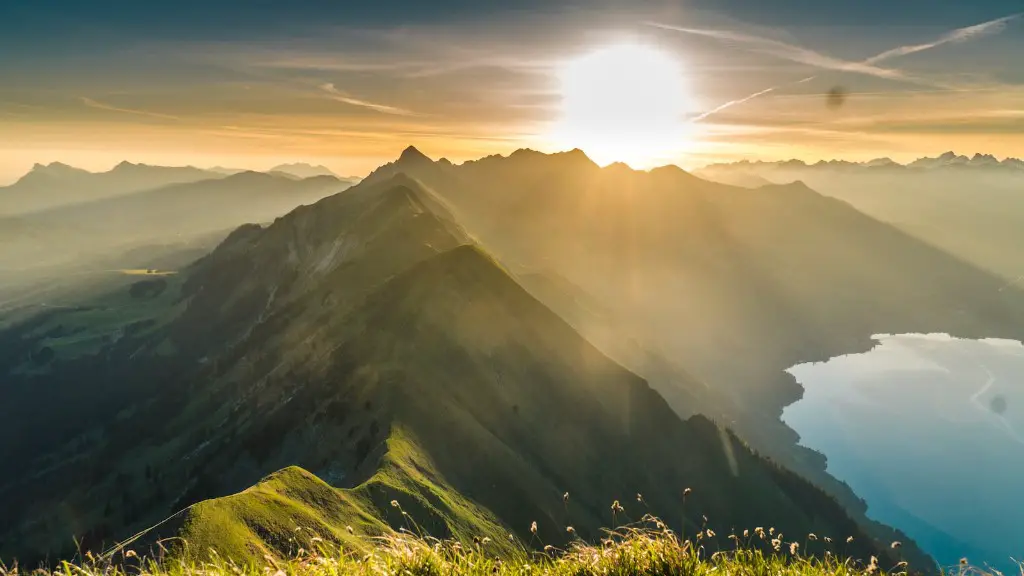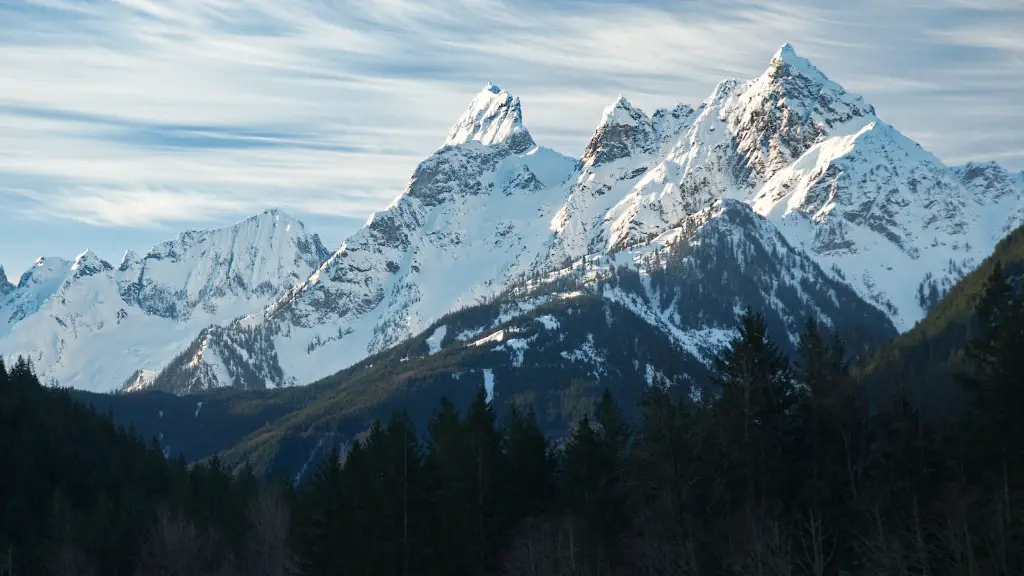Mount Kilimanjaro is a mountain located in Africa. Mount Kilimanjaro is the tallest mountain on the African continent and has been a popular climbing destination for many years. The mountain has several different climate zones, including a zone where snow is present year-round.
Mount Kilimanjaro does have snow, but it is melting rapidly due to climate change.
Does Mount Kilimanjaro still have snow?
Yes, there is snow on the top of Mount Kilimanjaro. The long rainy season between March and May is a result of the trade winds from the south-east. These southerly winds from the Indian Ocean are laden with moisture, bringing rain to the lower slopes and snow on the top of Mount Kilimanjaro summit.
The glaciers at the top of Kilimanjaro are a historical relic of the ice age of about 11,000 years ago and are disappearing because the climate in East Africa is much drier today than it was in the past, which significantly reduces the amount of snow falling at the top of the mountain.
Is there still ice at the top of Kilimanjaro
Climate change is still happening, even though Kilimanjaro’s glaciers haven’t fully disappeared. This is because there are other factors that can contribute to glacier loss, such as changes in precipitation.
The Kibo summit is the highest point in Africa and is a popular destination for hikers. The summit is covered in snow and has large glaciers.
Is Kilimanjaro worth the money?
If you’re looking for an amazing experience and are willing to put in the work, then climbing Mount Kilimanjaro is definitely worth it. Even though the success rate isn’t as high as some other mountains, it’s still a pretty good chance that you’ll make it to the top. And even if you don’t, the journey is still an incredible one.
The summit success rates of Mount Kilimanjaro vary depending on the route and the duration of the climb. Overall, the summit rates are estimated to fall between 45% and 65%. The shorter the duration of the climb, the lower the success rate. So, if you’re planning to climb Kilimanjaro, make sure you give yourself enough time (at least a week) to increase your chances of success.
How many deaths on Kilimanjaro per year?
Approximately 30,000 people attempt to Climb Mount Kilimanjaro every year and on average the reported number of deaths is about 3 to 10 fatalities per year.
Kilimanjaro’s altitude is a significant challenge, but climbers do not need supplemental oxygen to climb Kilimanjaro or reach the summit. To reach the summit, you use the acclimatization method of walking slowly “pole pole” and sleeping at a lower altitude.
Why is Kilimanjaro harder than Everest
While it is true that Uhuru Peak is higher above sea level than Everest Base Camp, this does not necessarily make it a harder climb. There are many factors to consider when determining the difficulty of a climb, including the elevation change, the terrain, and the weather conditions.
The main reason that people believe that Kilimanjaro is harder than Everest Base Camp is because of summit night. This is when you have to make a big push to the top of the mountain, and it’s a lot harder than anything you’ll encounter on the Everest Base Camp trek.
Can you breathe at the top of Mount Kilimanjaro?
It is most common at altitudes above 2400 metres Kilimanjaro’s peak is nearly 6000 metres above sea level At this height, the air pressure (and the amount of oxygen it contains) is less than half that at sea level, and has been said to be comparable to ‘working with only one lung’. The lack of oxygen can cause a number of problems, including: headaches, weariness, light-headedness, stomach upsets and breathlessness.
Kilimanjaro is a popular climb because Kili requires no special expertise or mountaineering equipment. In fact, it is not a climb, it’s a hike. You can walk all the way to the top.
How often does it snow on Kilimanjaro
The snow on Kilimanjaro is a beautiful site to see. It is a great place to take pictures and enjoy the scenery. The snow can also be a great place to play in the snow and make snow angels.
It is estimated that 10 climbers die on Kilimanjaro every year, though the actual number is likely to be much higher. The main reason for this is altitude sickness, also known as acute mountain sickness (AMS), which is caused by the high elevation. AMS can cause a range of symptoms including headache, fatigue, nausea and vomiting, and can be fatal if left untreated. Although there is no guaranteed way to prevent AMS, climbers can reduce their risk by acclimatizing to the high altitude before attempting to summit Kilimanjaro.
How do you prevent Kilimanjaro altitude sickness?
How to reduce your chances of suffering from altitude sickness:
1. Start the climb in the best possible health and with an excellent level of physical fitness.
2. Take it easy on the trail and in camp.
3. Drink plenty of fluids.
4. Eat well.
5. Sleep well.
6. Relax.
The average cost to climb Kilimanjaro is $2000 to $6000. The price varies from cheap, budget operators to large Western travel agents selling outsourced climbs at an inflated price. There are various, unavoidable fixed costs to any tour operator and if a climb seems too cheap, you’ve got to ask yourself why.
The main costs that affect the price of a Kilimanjaro climb are the cost of the permits, the cost of the guides, and the cost of the equipment. All of these costs are fixed and non-negotiable. The price of the permits is the same for everyone, and the cost of the guides and equipment is also relatively fixed.
The main variable costs are the cost of food and the cost of transportation. The cost of food can vary depending on the type of food that is being provided and the number of people that need to be fed. The cost of transportation can also vary depending on the number of people and the distance that needs to be traveled.
So, when you’re looking at the cost of a Kilimanjaro climb, you need to consider all of the fixed and variable costs that go into the price. If you’re looking at a very cheap price, it’s likely that
Warp Up
Yes, Mount Kilimanjaro does have snow.
The answer to this question is yes, Mount Kilimanjaro does have snow. The mountain is located in Tanzania and is the highest mountain in Africa. The peak of the mountain is covered in snow year-round.
